The Architecture of Paul Rudolph: a new tome charts the rise and fall of one of America’s most divisive architects
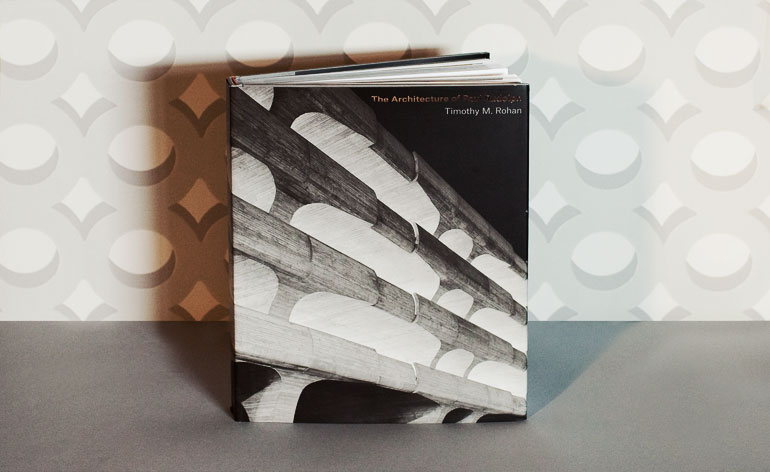
It seems astonishing that no one has written a comprehensive monograph on Paul Rudolph before, given his significance in the history of American post-war architecture. His monumental bush-hammered concrete Art and Architecture Building at Yale University is one of the most iconic Brutalist structures of the 1960s. Timothy Rohan tells the story of this controversial monolith (a precursor of the Barbican), which was notoriously torched in 1969, possibly by disgruntled students, but restored in 2009.
Rudolph's career was overshadowed by this catastrophe, which marked his transformation from prophet to pariah. Once regarded as the saviour of American architecture, latterly he was shunned on his home turf and practiced mainly in southeast Asia. A salutary tale of a gifted architect falling spectacularly out of fashion, Rohan's perceptive account of Rudolph's rise and fall provides a fascinating read.
The buildings Rudolph - a complex individual - created, both pre- and post-Yale, were imaginative and refined. Initially based in Florida, he designed a string of innovative houses during the late 1940s and early 1950s that were both technically and aesthetically inventive. One had a concave sprayed plastic roof; another had an undulating plywood canopy.
Walker Guest House (1952-3), my personal favourite, was a glass box with white spider legs and red cannonball weights counterbalancing its cantilevered shutters. Although Rudolph later scaled up after turning his attention to public buildings, the expressive approach that he developed early on continued to prevail. His sculptural Temple Street Garage (1963) in New Haven - poetry in poured concrete - must surely be the most beautiful car park in the world.
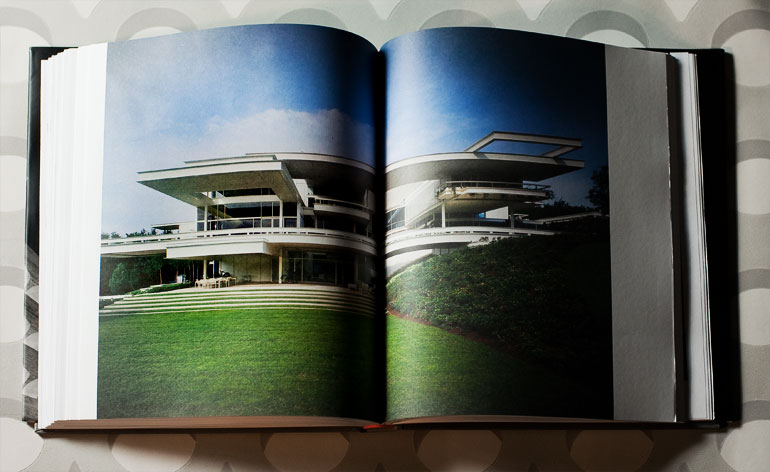
Rudolph was well-known for designing several private houses in the 1970s. Bass House (pictured) is located in Fort Worth, Texas and is one of the most celebrated of his domestic oeuvre
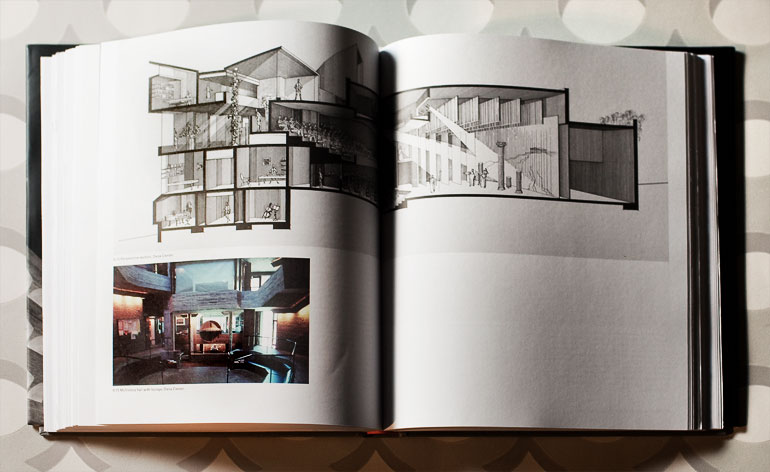
A spread from the book depicts the perspective section of the Dana Creative Arts Center at Colgate University
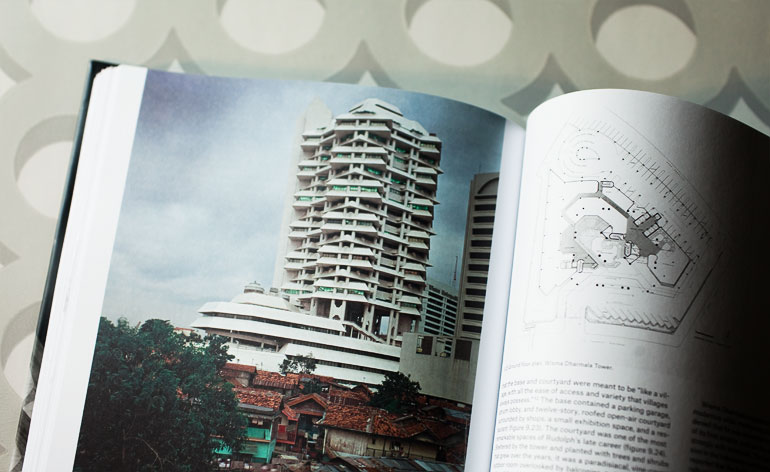
After the catastrophic torching of the Art and Architecture building (A & A Building) at Yale University, Rudolph worked increasingly in Southeast Asia. The Wisma Dharmala Tower, pictured here, is in Jakarta
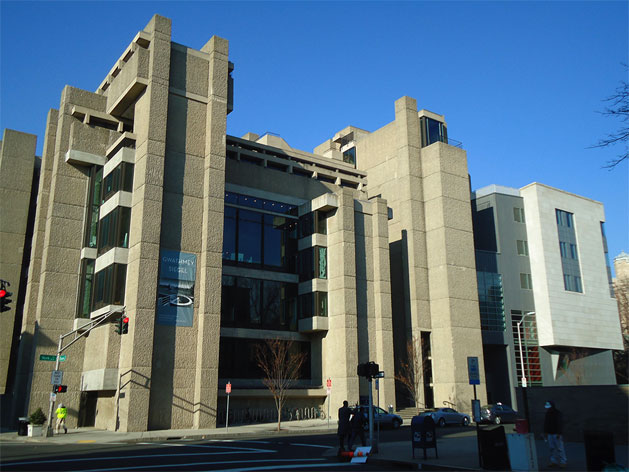
Rudolph Hall - formerly the Yale A & A Building - was restored and expanded with new wing by Charles Gwathmey in 2009.
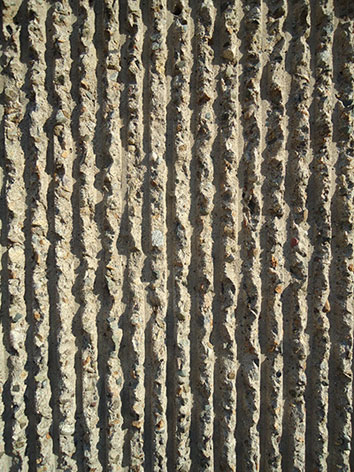
The famed corrugated cement on the A & A Bulding at Yale. Rudolph used corrugated concrete to investigate light, shadow and texture.
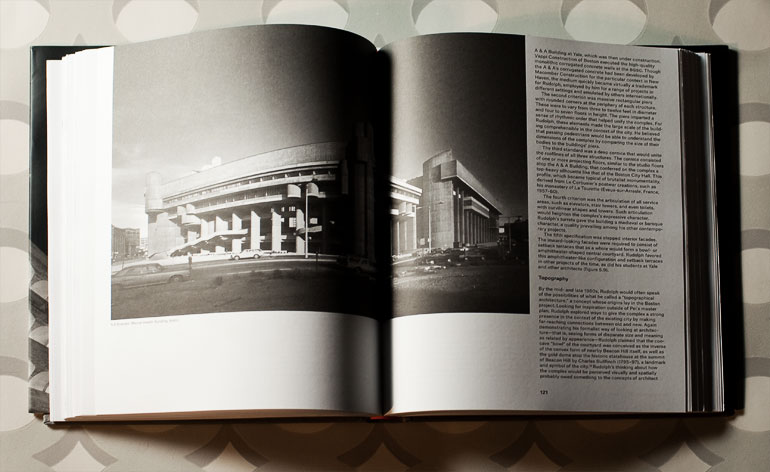
In the 1960s, during a period of sensational success, Rudolph's name was synonymous with architecture in America. The Mental Health Building at the Boston Government Service Center (pictured) was designed during this period
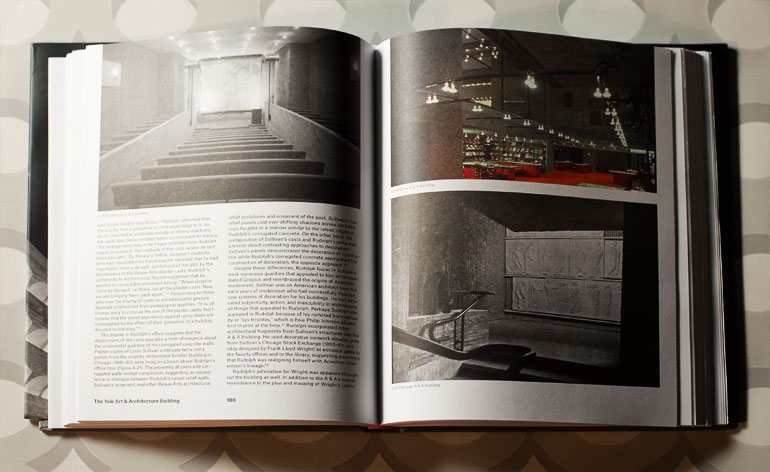
Ever confident Rudolph firmly believed that he was the master of interiors. This spread shows auditorium, library and stairway of the A & A Building at Yale
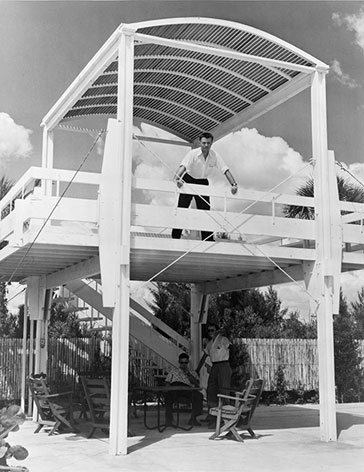
Rudolph at his Sanderling Beach Club, Florida,1952‐53. Courtesy of Library of Congress, Prints and Photographs Division
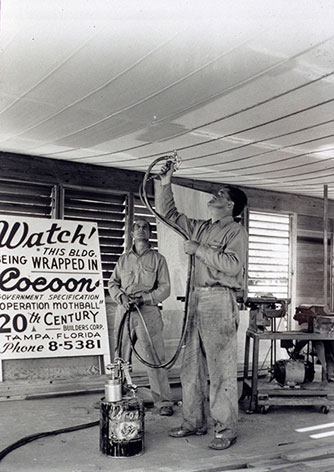
Spraying 'Cocoon' at Rudolph and Ralph Twitchell's Healy 'Cocoon' House in Siesta Key, Florida, 1948-50. The roof was a chance for Rudolph to experiment with plastic.

Pictured here is the bedroom curtain at 23 Beekman Place, New York, Paul Rudolph's apartment
Wallpaper* Newsletter
Receive our daily digest of inspiration, escapism and design stories from around the world direct to your inbox.
-
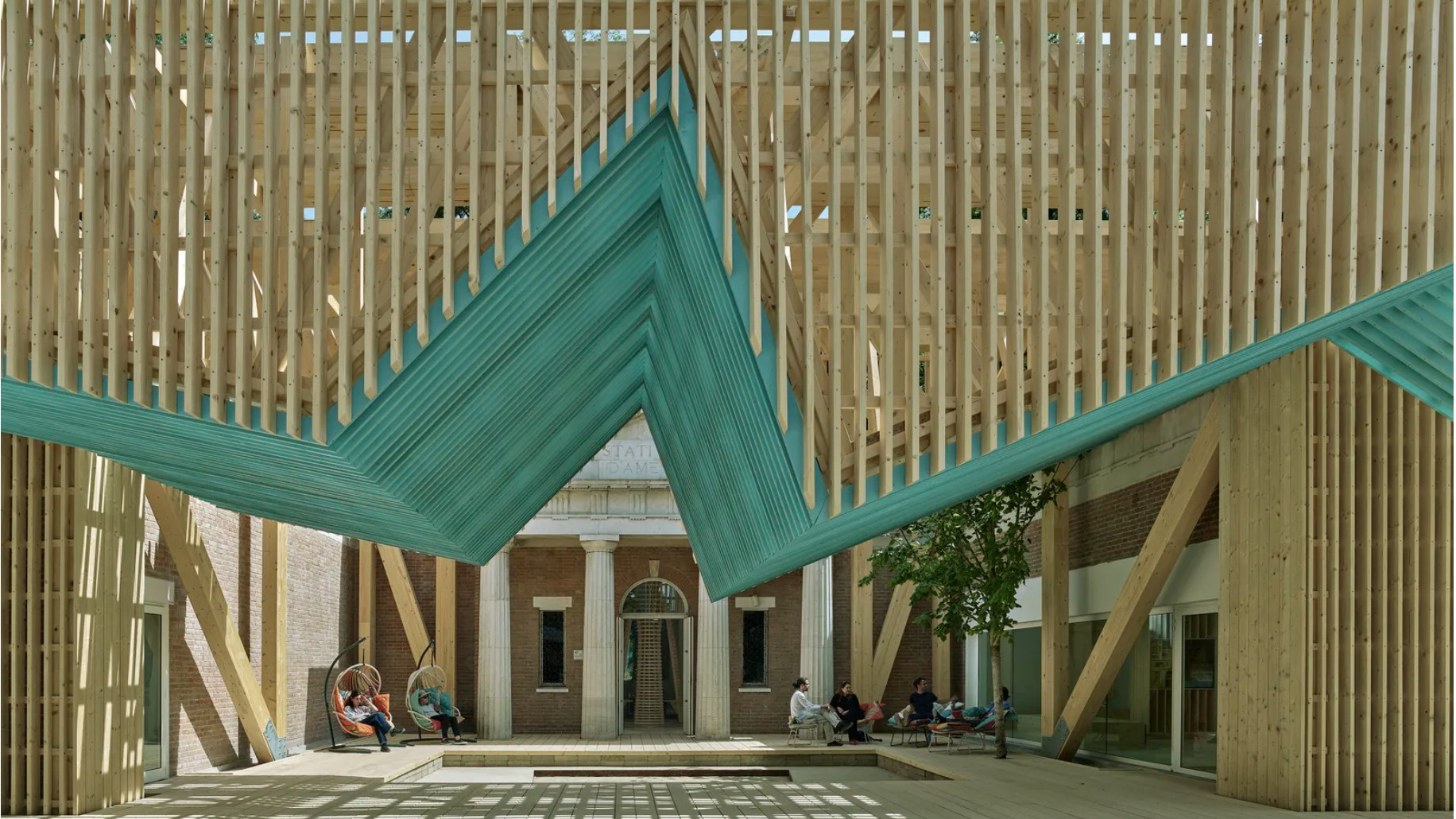 This year's US Pavilion asks visitors to gather round
This year's US Pavilion asks visitors to gather round‘PORCH: An Architecture of Generosity’ is a celebration of togetherness
-
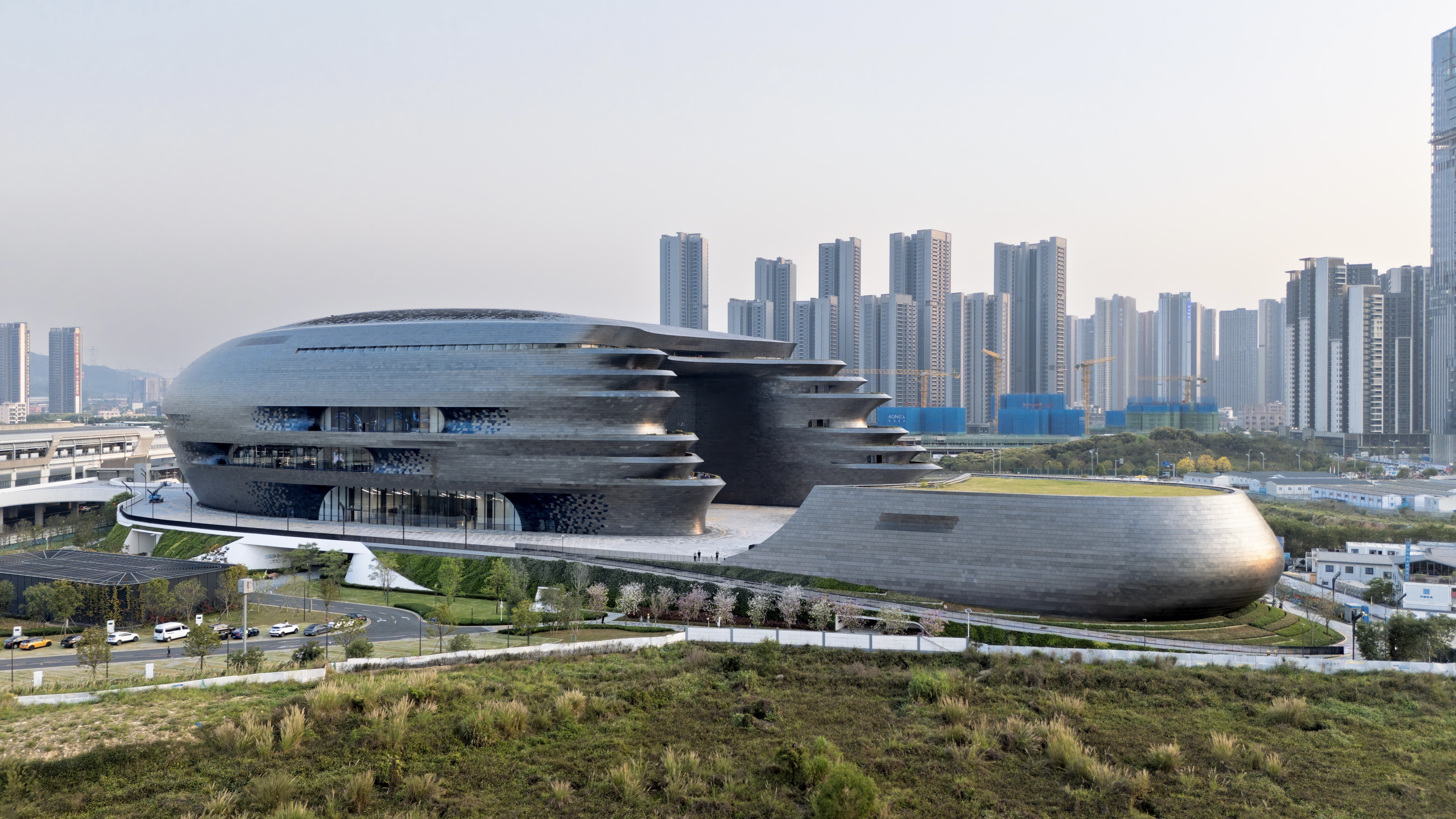 Zaha Hadid Architects’ spaceship-like Shenzhen Science and Technology Museum is now open
Zaha Hadid Architects’ spaceship-like Shenzhen Science and Technology Museum is now openLast week, ZHA announced the opening of its latest project: a museum in Shenzhen, China, dedicated to the power of technological advancements. It was only fitting, therefore, that the building design should embrace innovation
-
 ‘The work is an extension of myself’: Michaela Yearwood-Dan on her debut show at Hauser & Wirth
‘The work is an extension of myself’: Michaela Yearwood-Dan on her debut show at Hauser & WirthLondon-based artist Michaela Yearwood-Dan continues her rapid rise, unveiling monumental new paintings in ‘No Time for Despair’
-
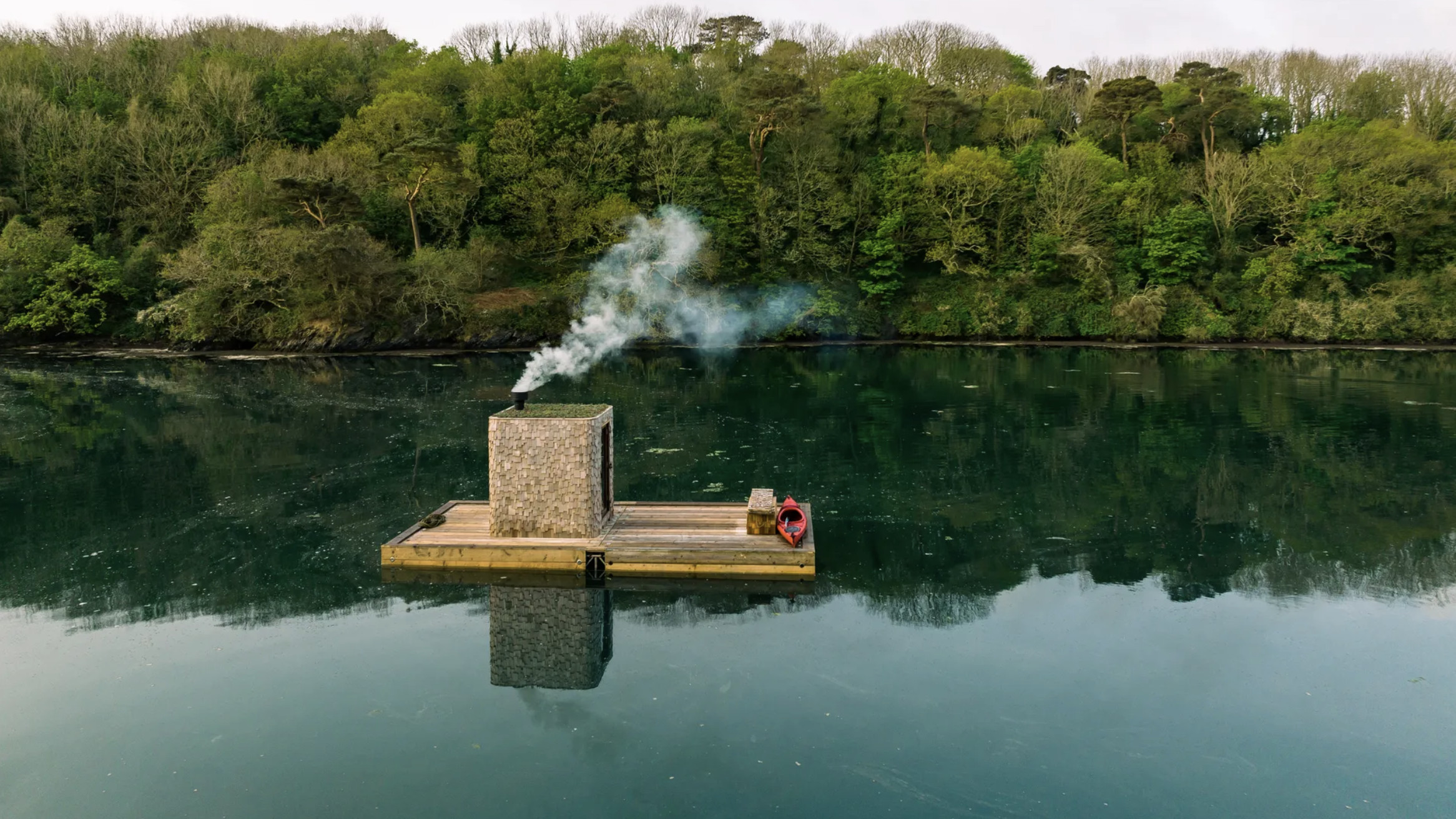 Wild sauna, anyone? The ultimate guide to exploring deep heat in the UK outdoors
Wild sauna, anyone? The ultimate guide to exploring deep heat in the UK outdoors‘Wild Sauna’, a new book exploring the finest outdoor establishments for the ultimate deep-heat experience in the UK, has hit the shelves; we find out more about the growing trend
-
 Los Angeles businesses regroup after the 2025 fires
Los Angeles businesses regroup after the 2025 firesIn the third instalment of our Rebuilding LA series, we zoom in on Los Angeles businesses and the architecture and social fabric around them within the impacted Los Angeles neighbourhoods
-
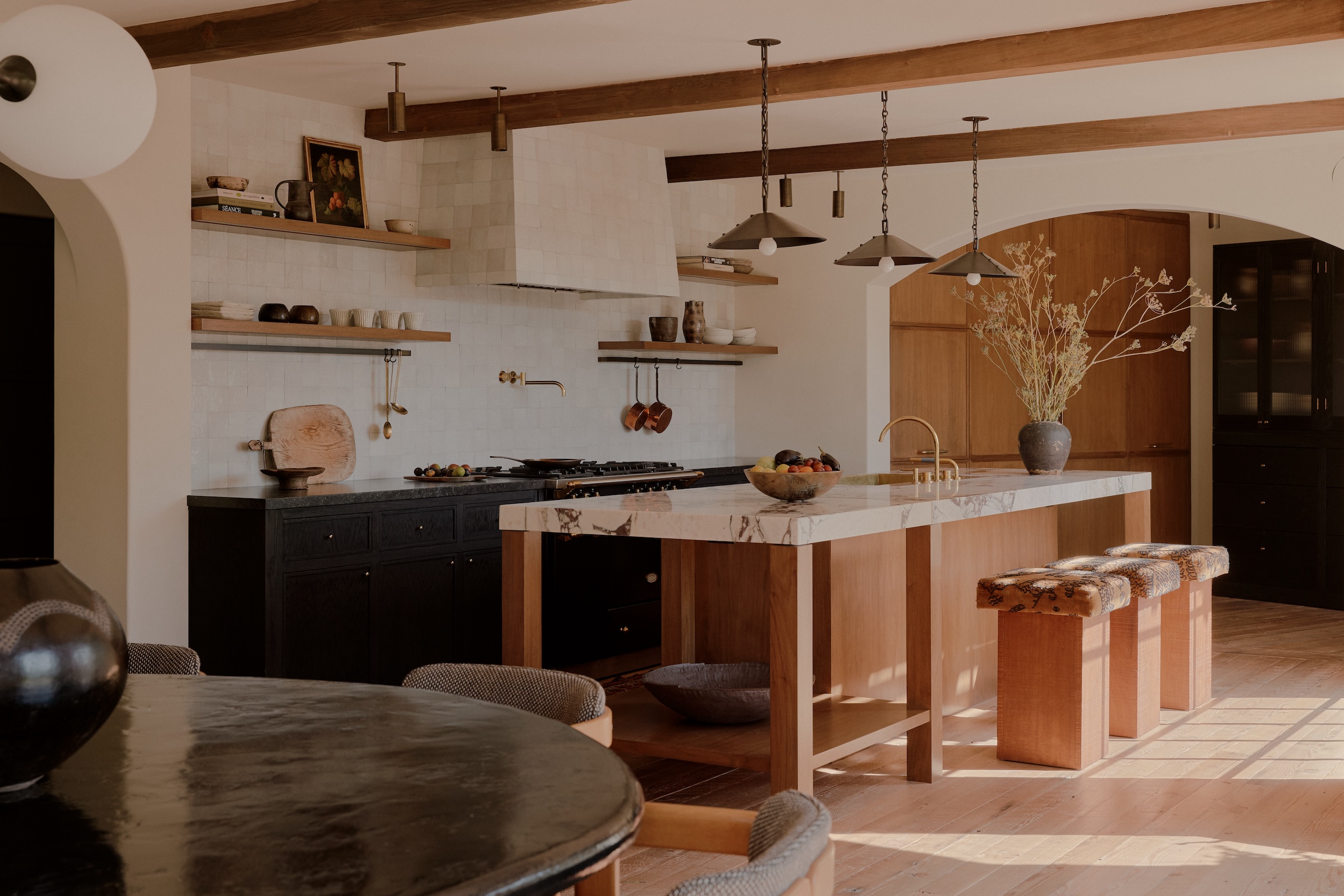 ‘Fall Guy’ director David Leitch takes us inside his breathtaking Los Angeles home
‘Fall Guy’ director David Leitch takes us inside his breathtaking Los Angeles homeFor movie power couple David Leitch and Kelly McCormick, interior designer Vanessa Alexander crafts a home with the ultimate Hollywood ending
-
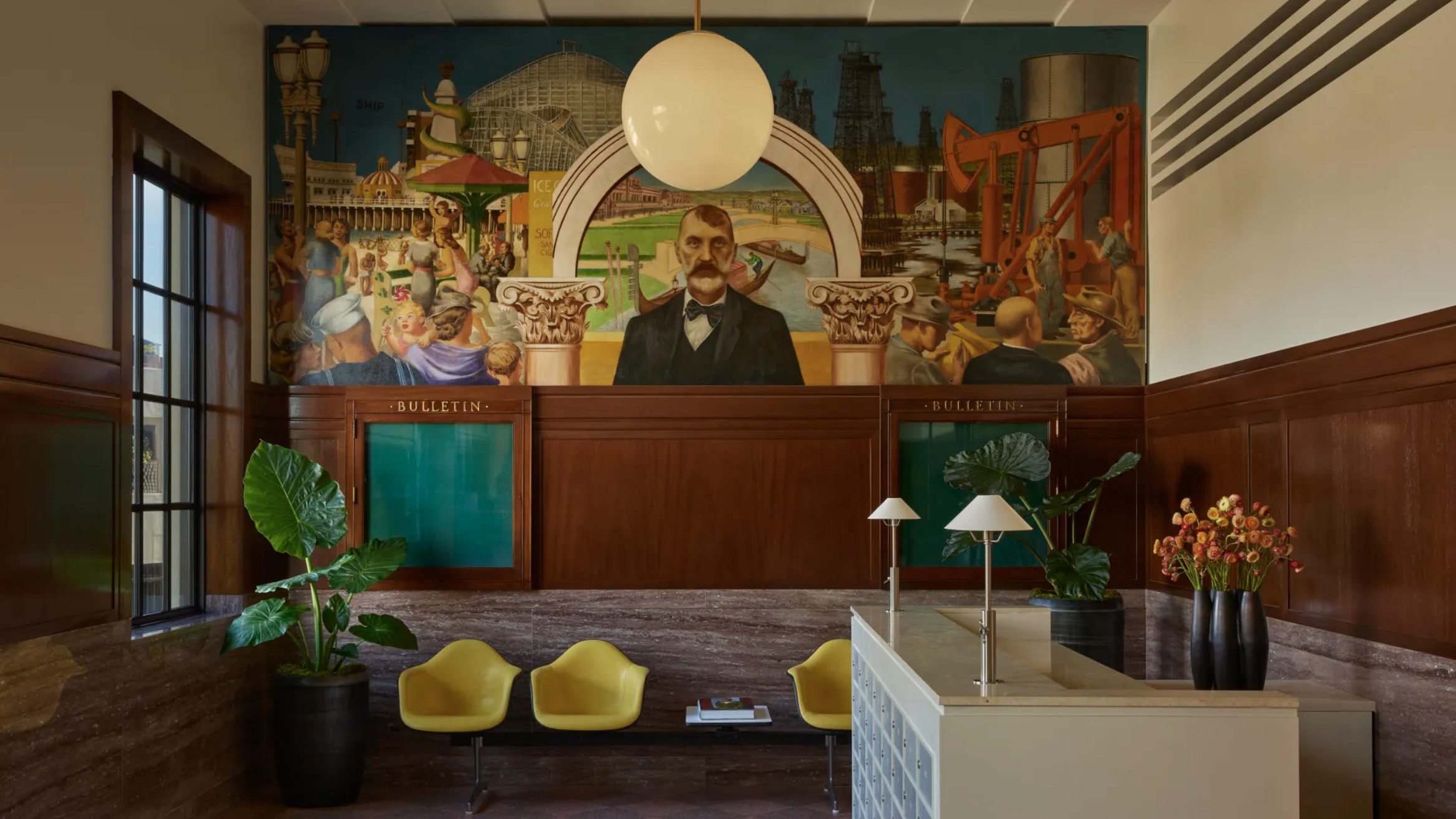 The Lighthouse draws on Bauhaus principles to create a new-era workspace campus
The Lighthouse draws on Bauhaus principles to create a new-era workspace campusThe Lighthouse, a Los Angeles office space by Warkentin Associates, brings together Bauhaus, brutalism and contemporary workspace design trends
-
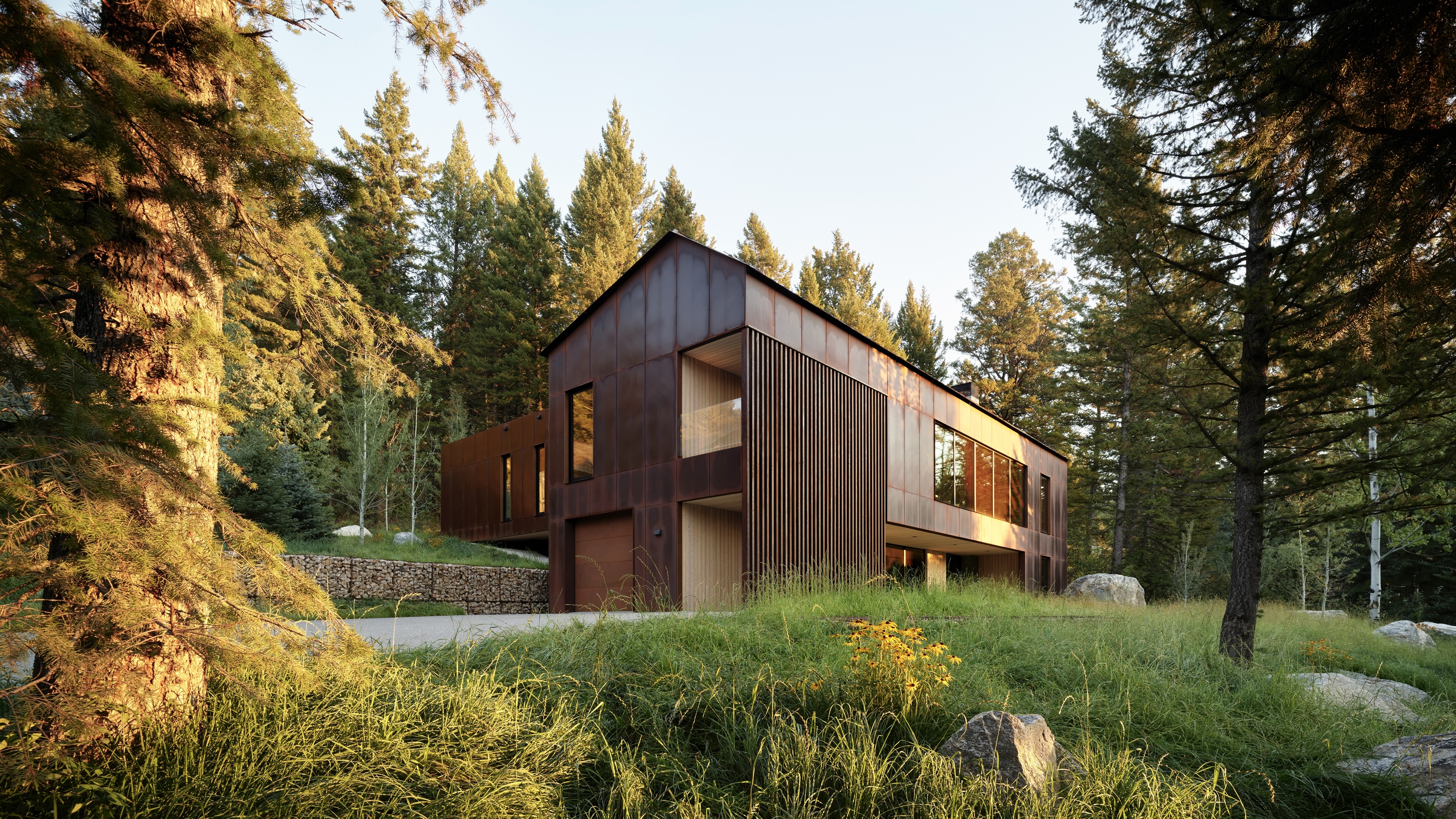 This minimalist Wyoming retreat is the perfect place to unplug
This minimalist Wyoming retreat is the perfect place to unplugThis woodland home that espouses the virtues of simplicity, containing barely any furniture and having used only three materials in its construction
-
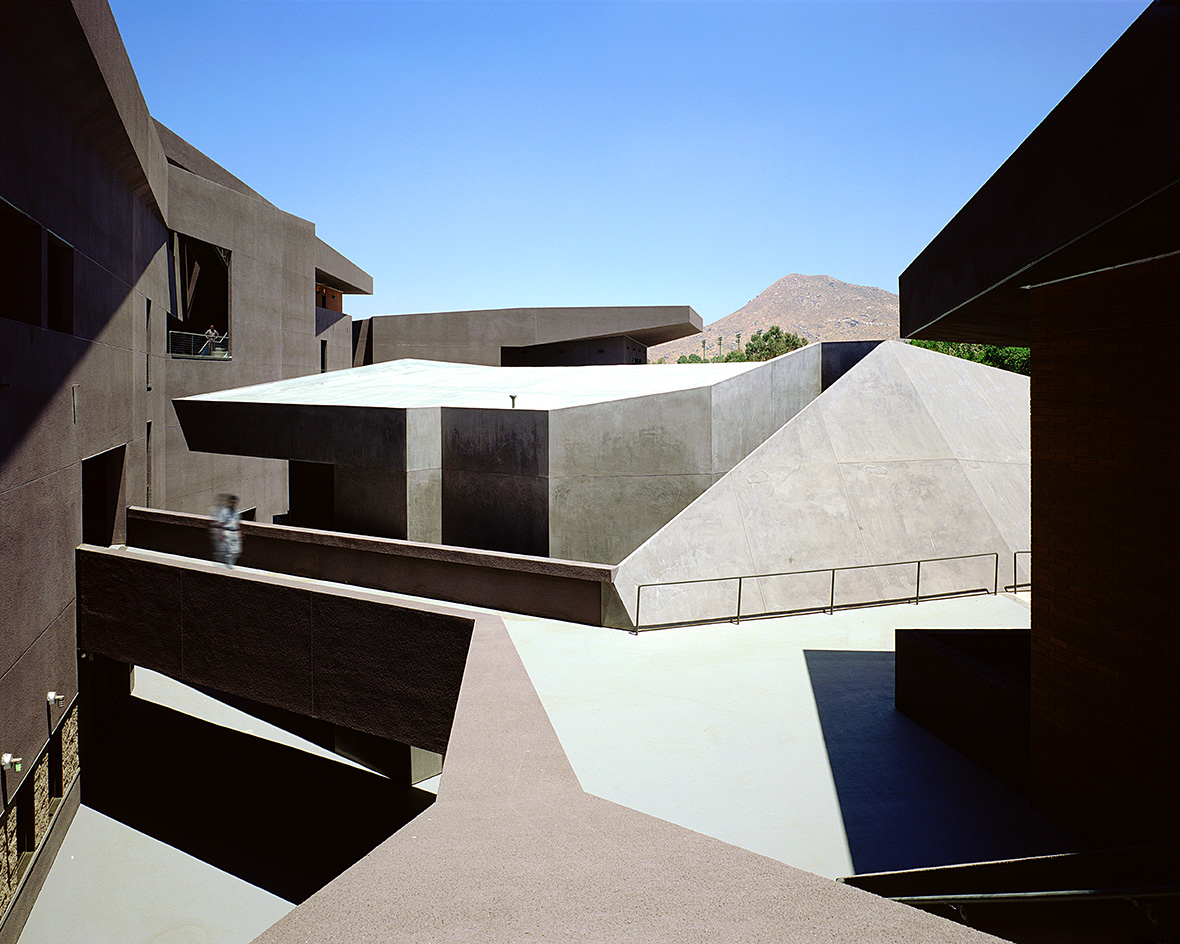 We explore Franklin Israel’s lesser-known, progressive, deconstructivist architecture
We explore Franklin Israel’s lesser-known, progressive, deconstructivist architectureFranklin Israel, a progressive Californian architect whose life was cut short in 1996 at the age of 50, is celebrated in a new book that examines his work and legacy
-
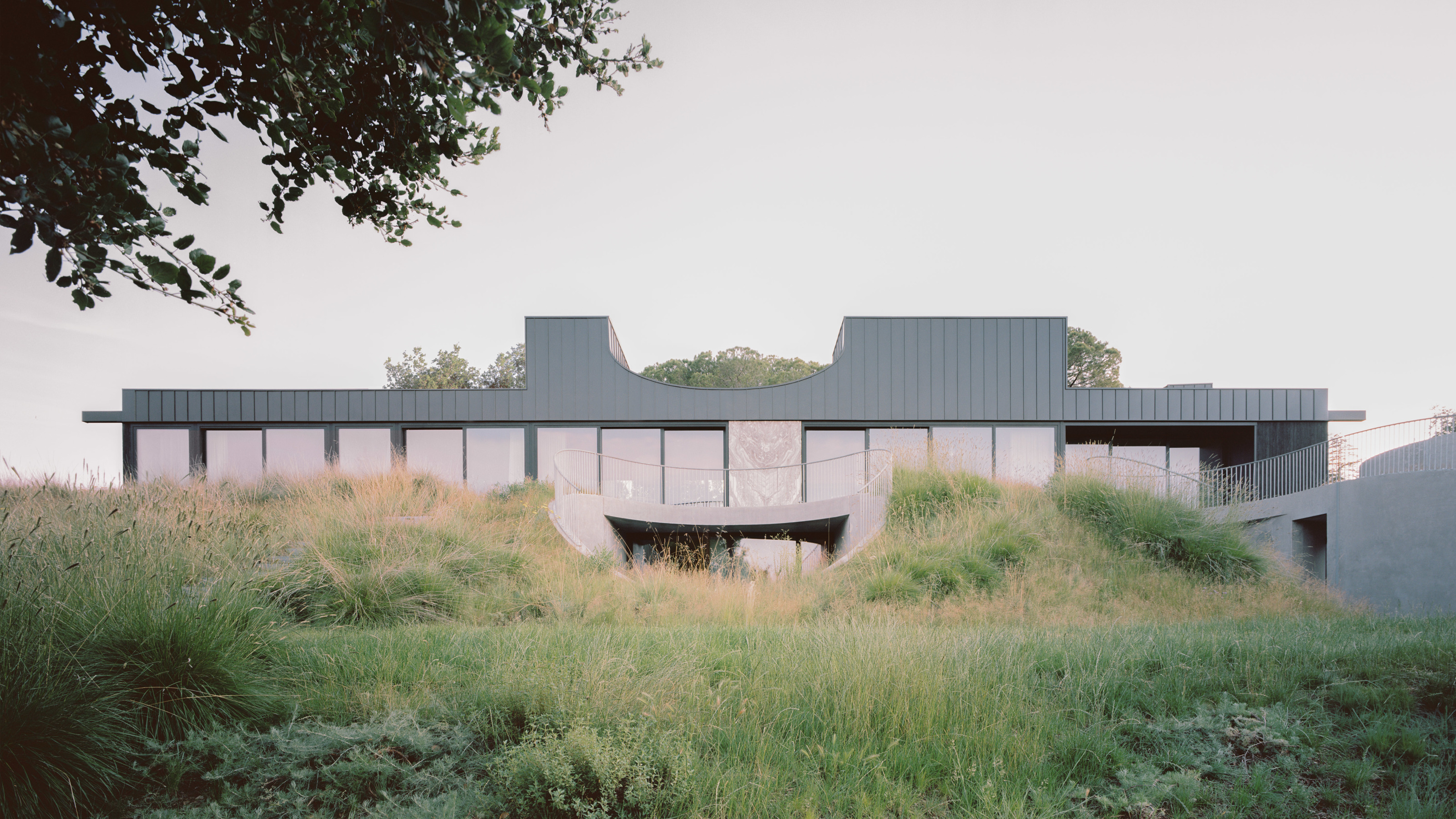 A new hilltop California home is rooted in the landscape and celebrates views of nature
A new hilltop California home is rooted in the landscape and celebrates views of natureWOJR's California home House of Horns is a meticulously planned modern villa that seeps into its surrounding landscape through a series of sculptural courtyards
-
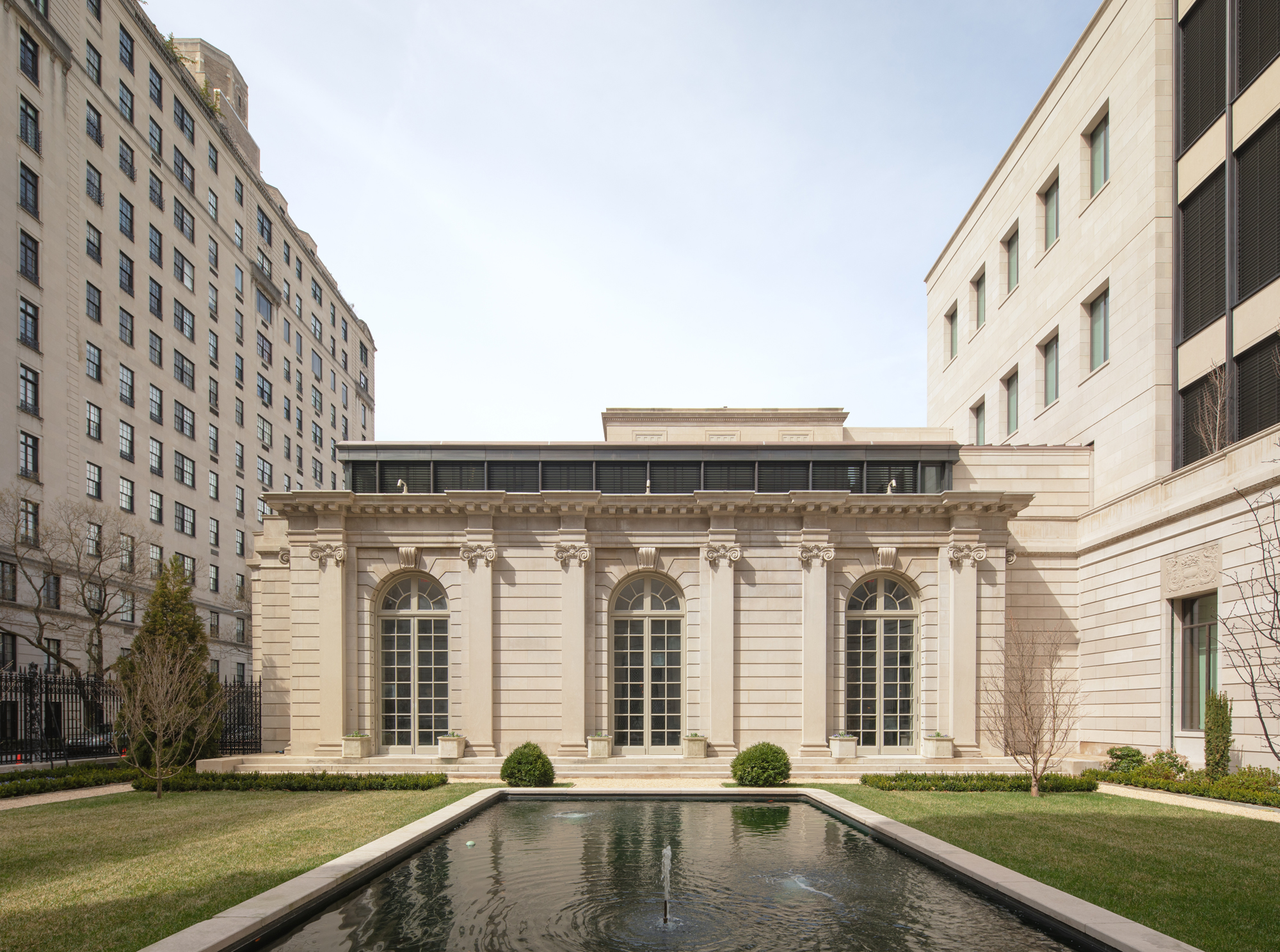 The Frick Collection's expansion by Selldorf Architects is both surgical and delicate
The Frick Collection's expansion by Selldorf Architects is both surgical and delicateThe New York cultural institution gets a $220 million glow-up